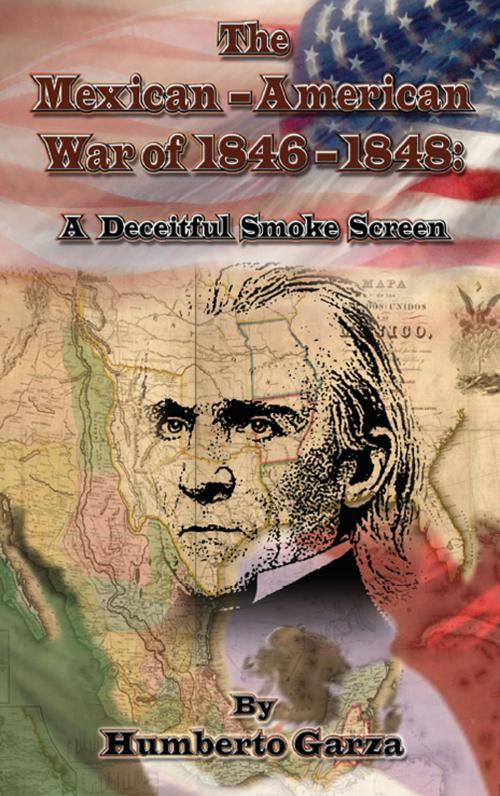The Mexican-American War of 1846-48: A Deceitful Smoke Screen
Nonfiction, History, Americas, United States, 19th Century| Author: | Humberto Garza | ISBN: | 9781483508443 |
| Publisher: | BookBaby | Publication: | September 16, 2013 |
| Imprint: | Language: | English |
| Author: | Humberto Garza |
| ISBN: | 9781483508443 |
| Publisher: | BookBaby |
| Publication: | September 16, 2013 |
| Imprint: | |
| Language: | English |
Humberto Garza asks intriguing questions: Why were historical figures such as Commodore Stockton, Commodore Sloat, Consul Thomas O. Larkin, and Brigadier General Kearny securing for the United States all of Mexico’s territories (Alta California, Nuevo Mexico, and the Southwest) in July 1846, only two months after Congress authorized President Polk “to join an existing war”? How did they know the Mexican-American War had started? The Treaty of Guadalupe Hidalgo to end the war was signed on February 2, 1848, almost 2 years later, how did they know the outcome of the war and the terms of the treaty to cede territory? Garza presents a unique and thought-provoking perspective on the real causes of the Mexican American War. He courageously questions the validity of many American historians’ assertions as they relate to the causes leading to this war. Garza’s research reexamines the United States’ reasons for invading Mexico and what really happened at the Thornton Skirmish. He also closely reexamines relevant maps and explains their discrepancies in relation to the “disputed territory” in Texas, the Thornton Skirmish, and the Treaty of Guadalupe Hidalgo. The reader is provided with historical facts, discrepancies, and vital information that previously have been blatantly omitted, through error or intentionality, from our history textbooks as to the factors leading to the Mexican-American War of 1846-1848. Humberto Garza uses references, footnotes, and numerous direct quotes to provide the reader with a unique perspective of a series of intriguing events that dramatically altered the course of two nations; and both nations continue to live with the residual aftereffects.
Humberto Garza asks intriguing questions: Why were historical figures such as Commodore Stockton, Commodore Sloat, Consul Thomas O. Larkin, and Brigadier General Kearny securing for the United States all of Mexico’s territories (Alta California, Nuevo Mexico, and the Southwest) in July 1846, only two months after Congress authorized President Polk “to join an existing war”? How did they know the Mexican-American War had started? The Treaty of Guadalupe Hidalgo to end the war was signed on February 2, 1848, almost 2 years later, how did they know the outcome of the war and the terms of the treaty to cede territory? Garza presents a unique and thought-provoking perspective on the real causes of the Mexican American War. He courageously questions the validity of many American historians’ assertions as they relate to the causes leading to this war. Garza’s research reexamines the United States’ reasons for invading Mexico and what really happened at the Thornton Skirmish. He also closely reexamines relevant maps and explains their discrepancies in relation to the “disputed territory” in Texas, the Thornton Skirmish, and the Treaty of Guadalupe Hidalgo. The reader is provided with historical facts, discrepancies, and vital information that previously have been blatantly omitted, through error or intentionality, from our history textbooks as to the factors leading to the Mexican-American War of 1846-1848. Humberto Garza uses references, footnotes, and numerous direct quotes to provide the reader with a unique perspective of a series of intriguing events that dramatically altered the course of two nations; and both nations continue to live with the residual aftereffects.















